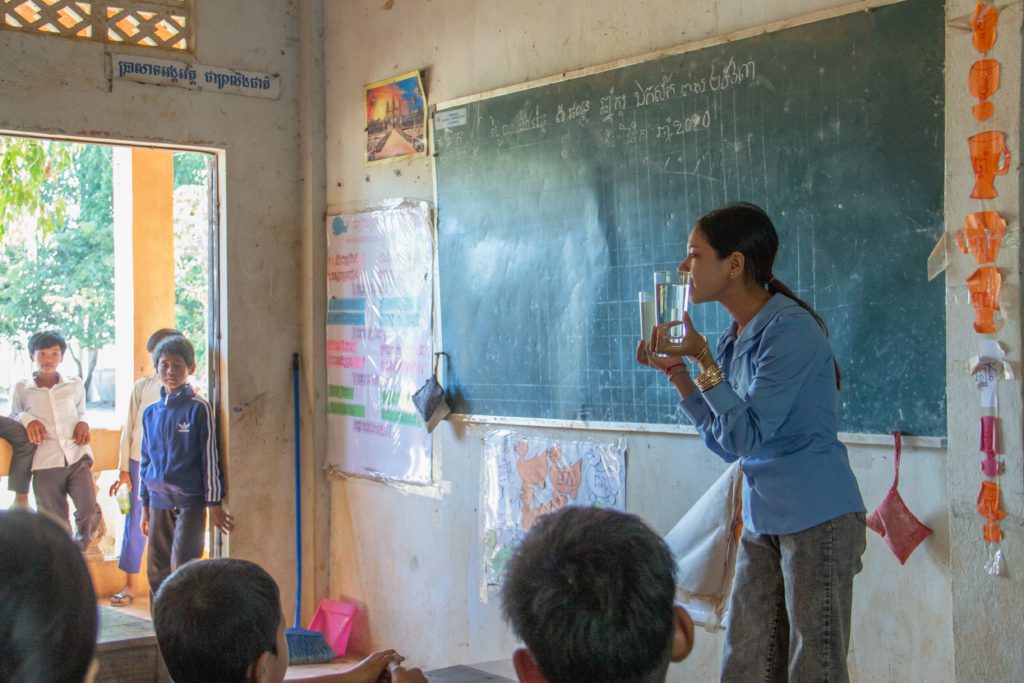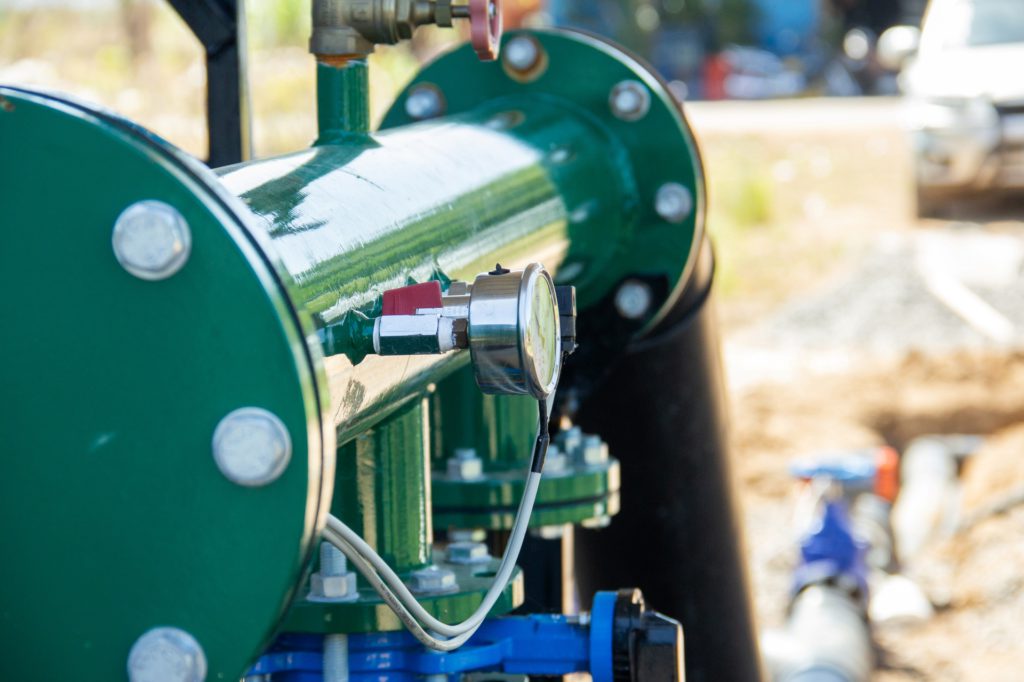Bridging the water gap in rural areas
March 18, 2022

Throughout all of human history, life has followed water. Yet, to this day, almost a third of global households still lack access to safe drinking water and sanitation. The problem is especially pertinent in rural areas, where there are infrastructure constraints and unsanitary latrine habits that contaminate water sources.
In Cambodia, approximately 77 per cent of the population resides in rural areas. The World Bank estimates that only a quarter of people nationwide has access to safely managed water supplies, and approximately half of this percentage obtains clean water from private water operators (PWOs).
However, PWOs are often reluctant to extend their services to rural households, citing limited access to finance and resources, limited technical capabilities, and small project areas that do not allow for scale. Investors also find these expansions unattractive due to high transaction costs and a lack of trust in returns. In areas unreached by PWOs, it is not uncommon for households to pump water from far-off ponds and rivers—a task often undertaken by women and mothers—or pay for water to be delivered by trucks.
To address such barriers, a start-up called TapEffect under Habitat for Humanity (HFH)’s ShelterTech accelerator aims to effectively bring safe tap water to last-mile rural communities. Aside from designing, building and operating their own system, TapEffect is also developing a suite of solutions to expand the systems of existing piped water operators—these include financial strategies, remote monitoring, using scalable sales approaches and applying engineering best practices.


Their first demonstration system was constructed in 2020, which connected 19 villages across two communes in Banteay Meanchey Province. It supplies tap water to over 14,000 people (approximately 3,300 families), 11 schools and two health care facilities.
The system takes into consideration the layout of villages and households within the supply area, along with a reliable water source—a river or reservoir—that can ensure an adequate water supply throughout the seasons.
The main infrastructure is the water treatment plant, which processes water to be potable and then transports it through a water network made out of durable HDPE pipes. Solar photovoltaic panels are used to generate clean electricity for pumping water through the networks.
As the system branches out to end users, PVC pipes are used, which allows for easy modifications and additional tap connections where needed. Water is metered at the house, and end customers pay an affordable USD1-10 per month per household according to their consumption.


This portfolio of systems is envisioned to be replicated across Cambodia and the region. It will be managed centrally using remote IoT technology to increase efficiency, minimise costs and strengthen PWOs’ on-site capacities with appropriate technologies and technical assistance.
By fulfilling impact metrics of Sustainable Development Goal #6: “Ensure availability and sustainable management of water and sanitation for all”—other closely linked goals such as good health and well-being, as well as gender equality, can also be advanced at the same time.
Read more about innovative developments to provide affordable services for housing in FuturArc 1Q 2022: Housing Asia!

PROJECT DATA
Project Name
TapEffect – Tap Water Supply for Rural Households
Location
Cambodia
Status
Ongoing
Photos/Images
Courtesy of TapEffect
RELATED STORIES:
[Main Feature] Homes, not Houses
Water becomes the new crude and other things
To read the complete article, get your hardcopy at our online shop/newsstands/major bookstores; subscribe to FuturArc or download the FuturArc App to read the issues.

